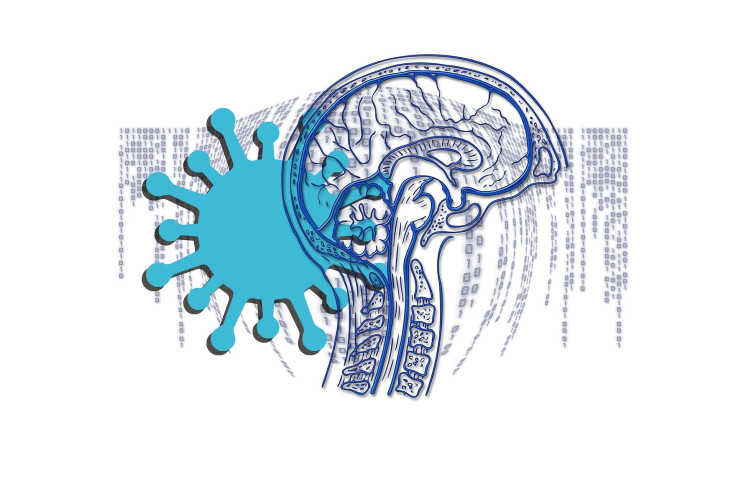COVID-19 Can Cause Mysterious Brain Damage In Some Children: Study

Children with the coronavirus infection might show neurological symptoms involving both the central and peripheral nervous system without any respiratory symptoms, according to a new study.
In adult COVID-19 patients, the disease ranges from asymptomatic infection to severe respiratory failure. Even though children and young adults are less likely to fall severely ill than older individuals, pediatric cases of systemic inflammatory response requiring intensive care and Kawasaki-like illness are increasingly been reported. This indicates that despite typically mild acute infection, kids might be at a high risk of a secondary inflammatory syndrome.
A group of neurologists and neuroradiologists from Great Ormond Street Hospital for Children, London, who studied the neurological manifestations of children with the coronavirus infection, looked at 27 pediatric COVID-19 patients with multi-system inflammatory syndrome. Four of them had visible brain lesions and interestingly, no breathing problems at all.
The four previously healthy kids had new-onset neurological symptoms including headaches, muscle weakness, reduced reflexes, encephalopathy, and brainstem and cerebellar signs. Two of them were discharged from the hospital within a month and the other two remained wheelchair-bound despite showing signs of improvement.
“Neurological improvement was seen in all patients, with 2 making a complete recovery by the end of the study,” said the study authors in a paper published in JAMA Neurology recently.
Laboratory studies have confirmed that the angiotensin-converting enzyme 2 (ACE2) is the main host-cell receptor of the novel coronavirus. Given that the enzyme is expressed in both neurons and glial cells, direct viral invasion of the central nervous system (CNS) is a possible mechanism for COVID-19’s neurological manifestations.
Combinations of CNS and peripheral nervous system symptoms are rarely reported in children. However, they can be seen in kids with hemophagocytic lymphohistiocytosis – a condition that can either be genetic or acquired by a cytokine storm with multiorgan dysfunction.
The researchers highlighted that COVID-19 should be considered when diagnosing children presenting with neurological problems.
“Because respiratory symptoms were uncommon in this cohort and, when present, were mild and easily missed, and because reports are growing of children carrying COVID-19 infection without symptoms (with this condition likely presenting late), SARS-CoV-2 should also be considered in pediatric patients presenting with primary neurologic symptoms without systemic involvement. Close neurodevelopmental surveillance is required to assess the neurological and cognitive outcomes in these patients,” concluded the researchers in their paper.
© Copyright IBTimes 2025. All rights reserved.






















